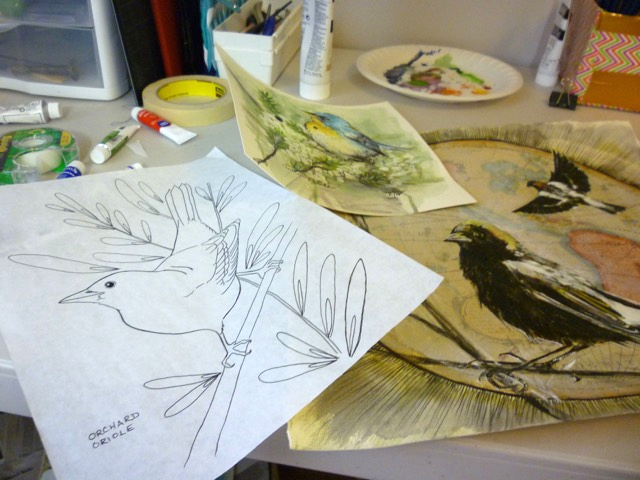Remembrance Day for Lost Species

Guest post by Matt Stanfield on behalf of the Remembrance Day for Lost Species initiative
Every hour, three species of lifeform vanish from our planet forever. Almost all of this species loss is a direct result of human activity. The rate and scale of the crisis has led scientists to declare that Earth is now experiencing a Sixth Mass Extinction.
Remembrance Day for Lost Species, marked annually worldwide on 30 November, exists as a response to this fact.
The initiative, also known as Lost Species Day, began in 2010. An international grouping of artists and scientists felt that the Sixth Mass Extinction needed to be marked, as other tragedies are, with a day of remembrance.
From the start of Remembrance Day for Lost Species, the aim was always to create an event which was accessible to anyone who wished to commemorate victims of the ongoing extinction event. Memorial activities in past years have ranged from lighting a single candle to holding elaborate funeral ceremonies for lost species. Shown below is a snapshot from a Día de los Muertos (Day of the Dead) styled procession for the Rodrigues solitaire, an extinct bird.

Remembering the Rodrigues solitaire, 2012. Photo & image rights: Ben Ellsworth, used with permission
It is significant that both artists and scientists were involved in establishing Lost Species Day, since the initiative is keen to bring together both scientific and artistic responses to the present-day extinction crisis. The interdisciplinary nature of the Day reflects our strong desire that the event should be as inclusive as possible.
In many ways, the heart of Remembrance Day for Lost Species lies in storytelling. The extinction stories of individual species are an excellent way for people to develop an emotional connection with what the Sixth Mass Extinction really means. I can still remember the first extinction story which I learned: the tragic tale of the thylacine, declared extinct in 1936 after decades of persecution. From learning about this animal as a young child, I developed a lifelong awareness of the damage which humans are inflicting upon the rest of nature.
The power of extinction stories is not just found in their exotic settings and the often otherworldly-seeming species to which they relate. When learning about lifeforms now lost forever, thoughts often turn to the many, many threatened species which still survive. In the future, will Lost Species Day also have to commemorate pygmy three-toed sloths, Chinese giant salamanders and Philippine eagles? I hope not and am sure that other participants in Lost Species Day will feel the same way.
This brings me on to the other key aim of Lost Species Day, besides providing a time for remembrance. The initiative hopes to encourage people to commit anew to doing what they can to ensure that at-risk species have a future.
Those of us behind Remembrance Day for Lost Species have found that creative activities, such as art, are an invaluable way for people to develop a sense of the value of biodiversity. Arts workshops have been a big feature of many events around Lost Species Day. Below is one of my own attempts to respond artistically to the Sixth Mass Extinction, a drawing of a Yunnan lake newt, a Chinese species believed extinct since the nineteen-seventies.

Yunnan lake newt, 2016. Image copyright Matt Stanfield
Of course, Remembrance Day for Lost Species doesn’t have to be about art, or science, or anything more than taking a moment to contemplate what humans have done to so many of the species with whom we share the Earth. How you choose to participate is entirely up to you.
This year, people all across the world have inspired those of us behind Lost Species Day with the extraordinary variety of responses which they have come up with to the extinction crisis. We are delighted with the enthusiasm which so many people have already shown for the idea and sincerely hope that this reflects a widespread appetite for an opportunity to engage more deeply with the rest of nature.
If this piece has inspired you to participate in this year’s Remembrance Day for Lost Species on 30 November, why not visit https://www.lostspeciesday.org/?page_id=14 to find an event near you or to let us know about something which you are planning for this year’s Lost Species Day.
Words by Matt Stanfield on behalf of the Remembrance Day for Lost Species initiative.


Comments
Post a Comment